Some of the questions we are most often asked about ammo is also one of the easiest to answer: What’s the difference between 9mm vs. 9mm Luger ammo? Is 9mm the same as 9mm Luger?
The answer is yes!
The 9mm and 9mm Luger are absolutely one and the same cartridge. The 9mm is also known as 9×19, which itself is short for 9x19mm Parabellum.
But, of course, this all begs another important question.
Why Does 9mm Have Multiple Names?
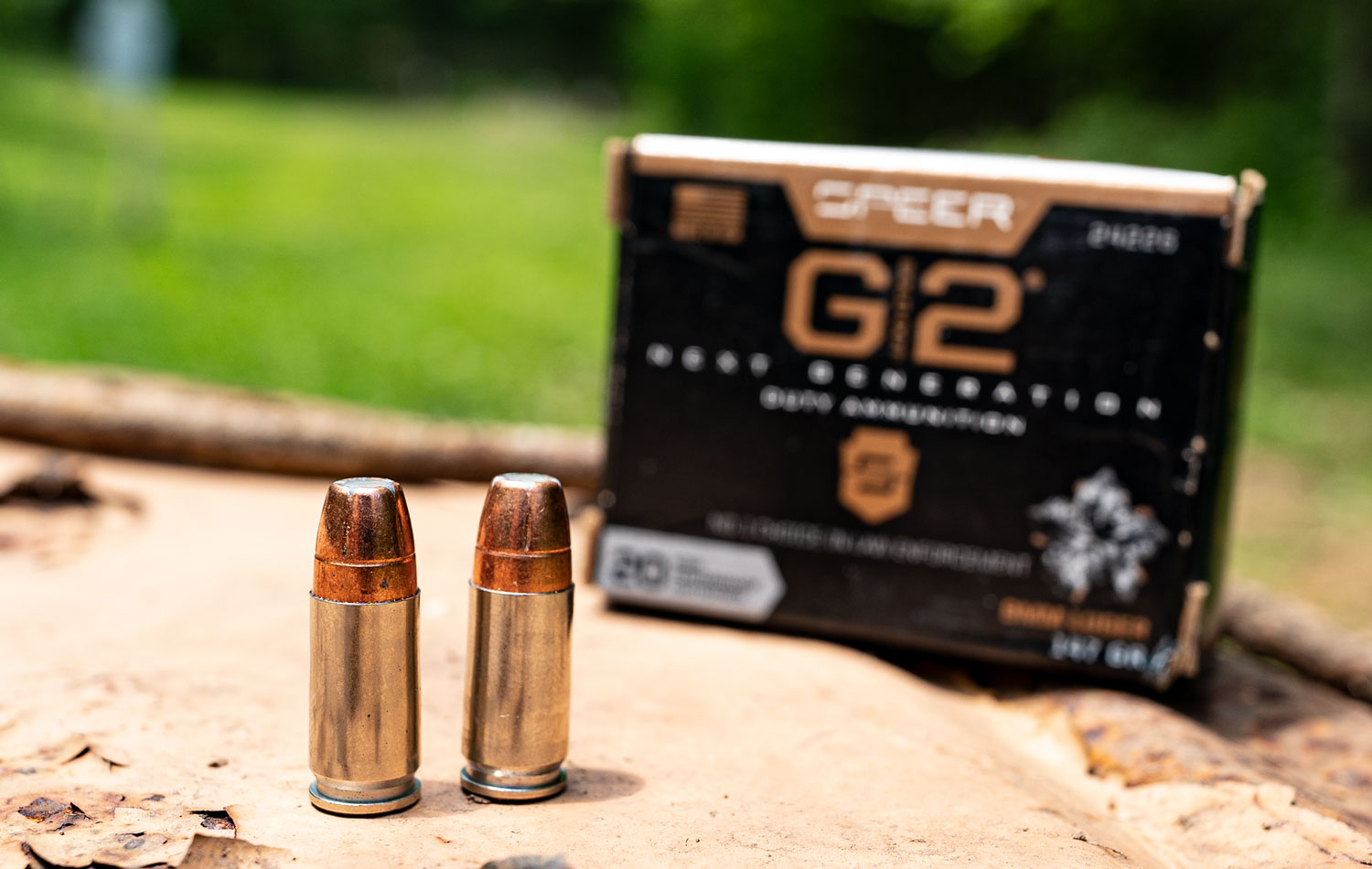
An Austrian named Georg Luger designed the modern world’s most popular cartridge in 1901.
He made its bullet 9.01 millimeters in diameter, and its case 19.15 millimeters long. Luger worked for Deutsche Waffen- und Munitionsfabriken, a German weapons manufacturer whose Latin motto Si vis pacem, para bellum translates to “If you seek peace, prepare for war.” Thus, the cartridge’s original name “9x19mm Parabellum” simply refers to its measurements plus an excerpt of trademarked company motto.
The Sporting Arms and Ammunition Manufacturers’ Institute (SAAMI) was founded in 1926. In a nutshell, the organization’s job is to standardize firearms and ammunition to ensure that different manufacturers make compatible products. Eager not to run afoul of copyright attorneys, SAAMI will not accept a cartridge for consideration if it has a trademarked name. This meant they wouldn’t consider the 9x19mm Parabellum, but they would consider the same round if it was named “9mm Luger” after its designer.
“Luger” was eventually dropped in favor of saving time, so now the round is usually just called “9mm.” You may even hear it referred to simply as nine or 9 (at least until we come up with a way to say a word in less than one syllable). But you’ll see most boxes of ammo are still pretty formal and they’ll use the full “9mm Luger” variation.
Other Variations of 9mm/9mm Luger/9x19mm Parabellum
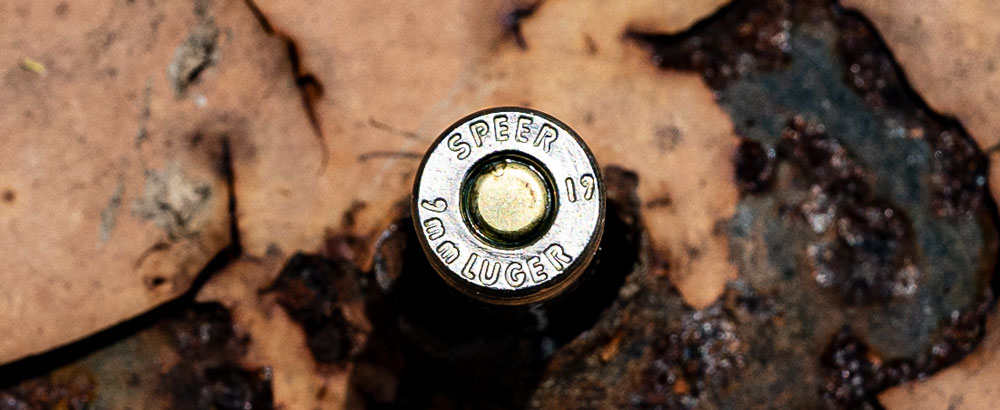
There are three common variants of the 9mm Luger ammo that you should be aware of. These rounds all share identical dimensions, but are loaded to higher pressures than the classic 9mm. This is also known as +P ammo. The designation means if your firearm is older and/or not designed to handle higher chamber pressures, you should not load these more powerful rounds in it. (Most firearm owner manuals will let you know if your firearm should avoid +P ammo.)
- 9mm +P: An “overpressure” cartridge is exactly what it sounds like. Whereas the SAAMI pressure limit for 9mm is 35,000 psi, their pressure limit for 9mm +P is 38,500 psi. Those added 3,500 psi give the overpressure variant a faster muzzle velocity for a flatter trajectory and superior downrange energy, but they may also wear out a firearm’s parts faster.
- 9mm +P+: As you might have guessed from that extra plus sign, a +P+ load is loaded to an even higher pressure than a +P. SAAMI doesn’t publish specifications for +P+ ammunition, but they typically run 30 to 40 percent “hotter” than a traditional load.
- 9mm NATO: This is also an overpressure variant of the traditional 9mm. Its pressure limit is 36,500 psi, making it approximately four percent “hotter” than the vanilla 9mm. This isn’t a huge difference, and generally any firearm capable of chambering 9mm can also handle 9mm NATO.
The Takeaway
9mm is the same as 9mm Luger, and both of those are the same as 9×19 Parabellum. If you’re certain your firearm is chambered for one of those rounds, then it is chambered for all of them.
Just because a firearm can chamber 9mm doesn’t mean it is designed to fire 9mm +P or 9mm +P+, however. Overpressure rounds create significantly higher chamber pressures, so you should only load them once you have made absolutely certain your weapon can handle them. Consult your weapon’s manufacturer or operator’s manual, or possibly a gun nut who has respectable opinions. Also be cautious with handloaded ammunition, which may not bear a headstamp that indicates whether it is overpressure.


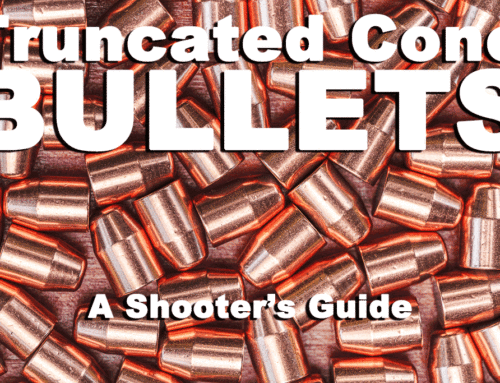
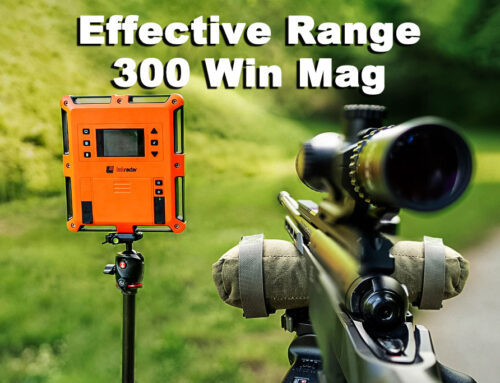
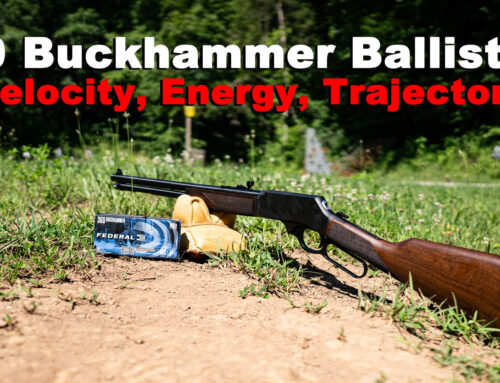
Thank you for the thorough explanation
A brand new gun owner
I HAVE A HIGH POINT 9MM LUGER I’M HAVEING A HARD TIME LOANING CAN SHOW ME HOW
Hi John – it sounds like you are a new gun owner, congratulations! I would suggest you check out a training class. Based on your email, it sounds like you’re in Florida’s Bay Area. You have a ton of options in the Tampa area for quality gun instruction that shouldn’t cost too much. With one day or weekend, you’ll be able to learn a ton and will be a lot more confident in your ability to handle that new High Point safely and effectively.
I HAVE ARMSCOR AMMO IS THAT GOOD FOR MY 9MM
Hi John, Armscor makes quality ammo that most shooters have no issues with at the range for training. Their self-defense ammo doesn’t enjoy the same type of reputation that some other loads do but with proper shot placement, any 9mm ammo is capable of stopping a threat.
Hi Mark, Absolutes are very rarely true, because there’s always an exception. Would the 9mm CCI Shotshell (meant for shooting snakes and small rodents at close range) be suitable to stop a threat from a human attacker? I think not.
It’s certainly possible you could stop a human attacker but 9mm snake shot wouldn’t be my choice. Basically, we’d recommend any hollow point or full metal jacket bullet over the snake shot. You won’t see the type of penetration from the small pellets that has proven to stop attackers in the limited data available to us as civilian gun owners.
If there is no difference then why does my 9MM Luger and Walther P-38 jam up on 9MMbut do not jam up on 9MMLuger? ? ?
Jerry, 9mm Luger and 9mm are literally different names for the same thing. That said, differences from manufacturer to manufacturer can have an impact on performance with specific firearms.
For instance, some pistols don’t seem to feed Russian ammo with steel casings particularly well. The amount of powder charge in specific loads can also play a role.
I accidentally bought 9 mm rounds for my Beretta PX4 storm pistol and the bullet got jammed into the barrel. This was my personal experience I don’t believe the 9 mm and the 9 mm Luger are the same.
Especially in today’s ammo market with a lot of remanufactured ammo making its way to market, squib loads and jammed cases are more and more common. I can assure you, 9mm and 9mm Luger ammunition should be the exact same thing with identical case/bullet dimensions.
I have reloaded thousands of 9mm and I can tell you first hand the 9mm Luger will not completely chamber into the 9mm barrels of my Colt Commander 1911, my Glock 19 or my Walters Match Pro Steel. That being said-every one of my 9mm’s that jam (don’t compelety chamber) have head stamps of 9mm Luger with various headstamps. The Luger cases are just a pinch longer. I haven’t tried it yet but it would stand to reason that the 9mm would work in the 9mm Luger but not 9mm Luger in the 9mm. As of this writing, I will try to trim the 9mm Luger so it will fit. Won’t know until I get the RCBS 9mm Pilot later this week and will try it. I will post the results of my findings but I think it will work.
Well I’m back to take my foot out of my mouth! Yesterday I said 9mm and 9mm Luger were slightly different as the later would not feed in several of my guns. I reload range brass and what I have been seeing is called “Bulged Cases” from being shot in barrels that are not supported. This possibly causes the base of the case to bulge. Bulged brass will not cycle even after using a sizing die. Special dies (Bulge Buster) must be used to resize this bulged base of the case.
Thank you immensely for the complete and thorough explanation. This was incredibly helpful. I have owned several guns, but my Taurus G3c is my first 9mm. I was looking through a Glock catalogue and was surprised there were no 9mm caliber listed. Until I realize 9×19 is the same thing. Makes a lot more sense now.
Hi I have a 9mm glock 43 would your 9mm Luger be an acceptable choice for ammunition for this gun?
Hi Chris, absolutely. The Glock 43 is ideal for use with 9mm ammo. We’d recommend you go with a 9mm FMJ for range training or a JHP (hollow point) for self-defense use.
Hi i just bought a sig sauer m17 and bought 400 rounds of 115grain fmj luger is it fine? Does it take this kind of bullets?
Yes Abd – you are good to go with that 115 grain FMJ along with your Sig Sauer M17. Enjoy the pistol!
I just bought a new Beretta APX Centurion so can I use 9MM Luger ammo in it. It is a 19X9 according to the manual. The manual warns about using any +P and +P+. I am currently looking for a fire arms class so I fully understand how to use and the do’s and don’ts.
Thanks,
Jay
Just got a glock 43 i got some 138 grains ammo i was wondering is that okay with that gun
Assuming it’s the correct caliber (9mm) you should be good to go Trey.
Found your article and it is very helpful. What would you recommend for a Sig P365? I’m looking for defensive rounds and also practice rounds. I bought this for easier carry than my old 45 cal Glock. But I want more stopping power than a 9mm packs for defensive purposes.
Great to hear Pam – I would recommend anything in the Federal HST or Speer Gold Dot lines of ammo for self-defense. If you’re coming from a 45 ACP, you might want to try the 147 grain loads first. Many shooters do prefer to fire lighter 9mm loads out of the smaller pistols (like we’d consider the P365.) Once you determine your preferred bullet weight for self-defense rounds, we’d just pair the weight of your training ammo with it. So, if you decide 124 grain Federal HSTs are what you like, we’d grab some 124 grain Federal American Eagle or Blazer Brass as the training ammo.